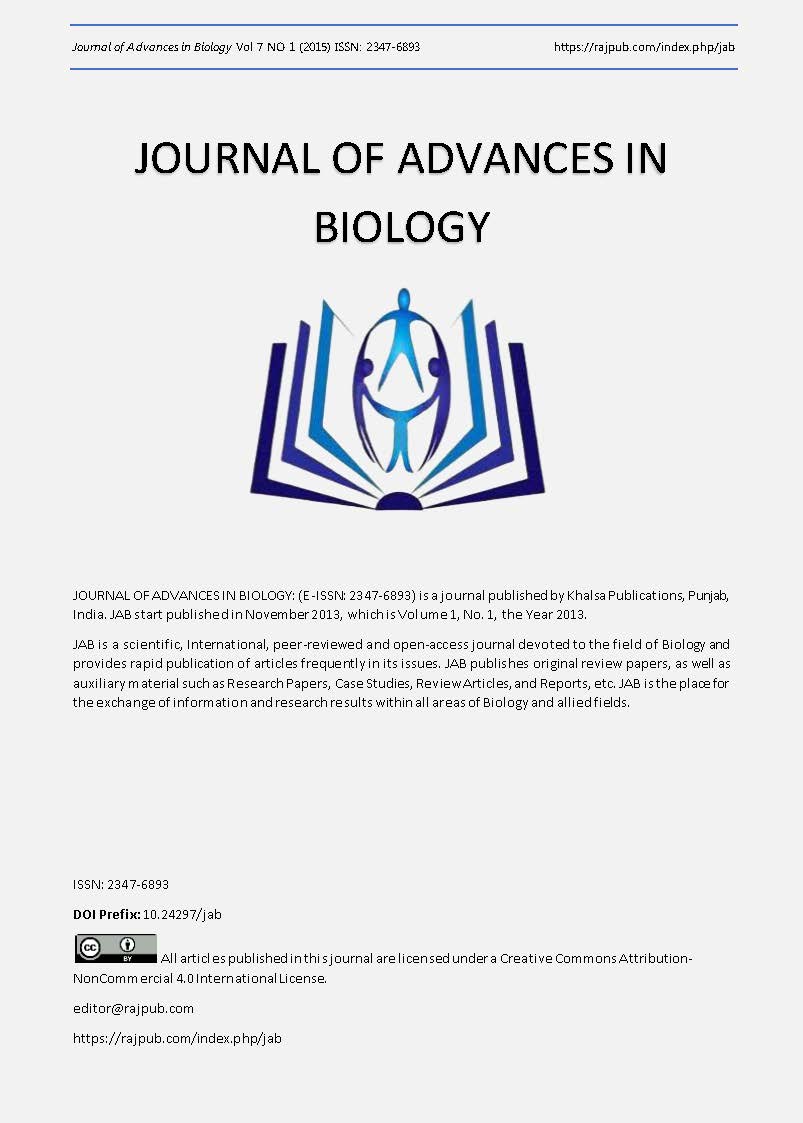Relative Resistance of Some Maize (Zea mays L.) Genotypes Against Stem Borers (Chilo partellus and Sesamia cretica) In Central Sudan
DOI:
https://doi.org/10.24297/jab.v7i1.4881Keywords:
Maize, Genotypes, Stem borers, Resistance, Sudan.Abstract
In Sudan maize (Zea mays L.) subjected mainly to two Lepidopteran stem borers, Chilo partellus and Sesamia cretica, causing considerable decrease in yield at the end of the season. In this study, thirteen maize genotypes were evaluated to observe their relative resistance against stem borers. Two field experiments were conducted at Agricultural Research Corporation (ARC), Gezira Research Station Farm, Wad Medani, Sudan, during two consecutive winter seasons of 2011 and 2012. The experiments were arranged in RCBD design with 4 replications. The agronomic and plant infestation (leaves damage and dead heart) were carried out weekly, in addition the existence of natural enemies was recorded. The results showed that the percentage (%) of infestation of the plants and dead heart caused by stem borers were higher in season 2011 than season 2012, the natural enemies observed in the field and in laboratory were complex of predators and parasitoids. In season 2011, the genotype BR TZE- COMP-4 DMRS scored the highest grain yield (1860.2 kg/ha) despite of its obtaining a higher level of the leave damage infestation percentage (93%) and a low percentage of dead hart percentage (17%). In season 2012, the genotypes TZBR COMP2-Y and TZBR COMP2-W scored the highest grain yield of (1626.2 kg/ha) and (1229.6 kg/ha) respectively, despite of their obtaining a higher level of the leaves damage infestation percentage of (47%) and (41%) respectively and a low percentage of dead heart percentage of (15%) and (19%), respectively. These results confirm the higher ability of these genotypes to tolerate and/or to resist stem borer infestation in central of the Sudan.
Downloads
Downloads
Published
How to Cite
Issue
Section
License
 All articles published in Journal of Advances in Linguistics are licensed under a Creative Commons Attribution 4.0 International License.
All articles published in Journal of Advances in Linguistics are licensed under a Creative Commons Attribution 4.0 International License.




